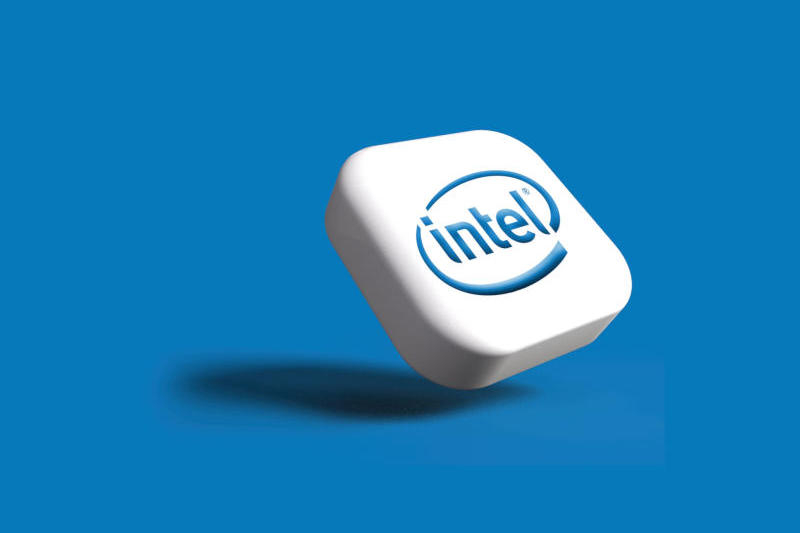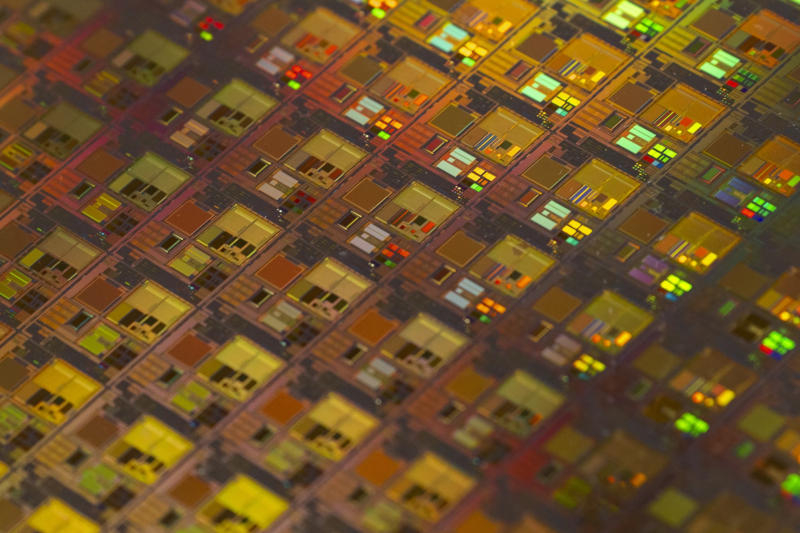The US presidential administration Donald Trump gave investors an occasion to optimism in relation to Intel – only this week the promotions went up by 22 %. Securities were growing after the country’s vice president J. D. Wans (JD Vance) spoke at the Paris Summit on AI and talked about what efforts the White House extends to strengthen the internal production of chips, writes The Wall Street Journal.

Image source: Rubaitul Azad / unsplash.com
Soon after, Robert W. Baird analysts issued a report in which they said that the US government was trying to speak an intermediary in Intel and TSMC, the main competitor of the American chips production company. The Taiwanese company can become a co -owner of the Intel production business after it becomes an independent unit, as well as take over the management of objects.
The rapid growth of shares, however, rather reflects the desperate position in which Intel was now. The company collapsed sales, and the production direction suffered extremely large losses – as a result of Intel, over the past year, they fell by 60 % and, as of last week, traded near a ten -year minimum. Even taking into account the last wave of growth, the market capitalization of Intel is now about one eighth from the cost of TSMC, and five years ago the company was evaluated the same way.

Image source: Maxence Pira / unsplash.com
Intel retains the status of the only American manufacturer of semiconductors with advanced capabilities, that is, capable of making the most advanced chips, and this is vital for the implementation of the US state strategy. Two other world -class chips manufacturers, TSMC and Samsung, are building new factories in the USA. Both companies have a difficult geopolitical environment at home, although TSMC makes all the most advanced chips for American technological giants, including NVIDIA, Apple, Qualcomm and AMD.
And the production unit of Intel still performs mainly orders of Intel itself. And this gives analysts the reason to believe that the only hope of Intel may be a cooperation with the main competitor that is able to send part of the orders to the “blue” factories. Last year, the Intel production unit showed a loss of $ 13 billion with a revenue of $ 17.5 billion. TSMC operating profit for the same period amounted to $ 41.1 billion with $ 90 billion. Intel and TSMC work in one industry, but their strategies are sharply different: Intel almost The whole story made chips only on the basis of its own developments.
The current complex of problems will not be easy to overcome even with obvious support from the Trump administration. The companies will need significant funds. Over the past three years, it spent almost $ 40 billion, trying to develop its production processes to the TSMC level, and, as analysts expect, a negative free cash flow will remain in the company until the end of next year. Intel’s “contractual marriage” may not save, but, as practice has shown, the company did not help either time or money.